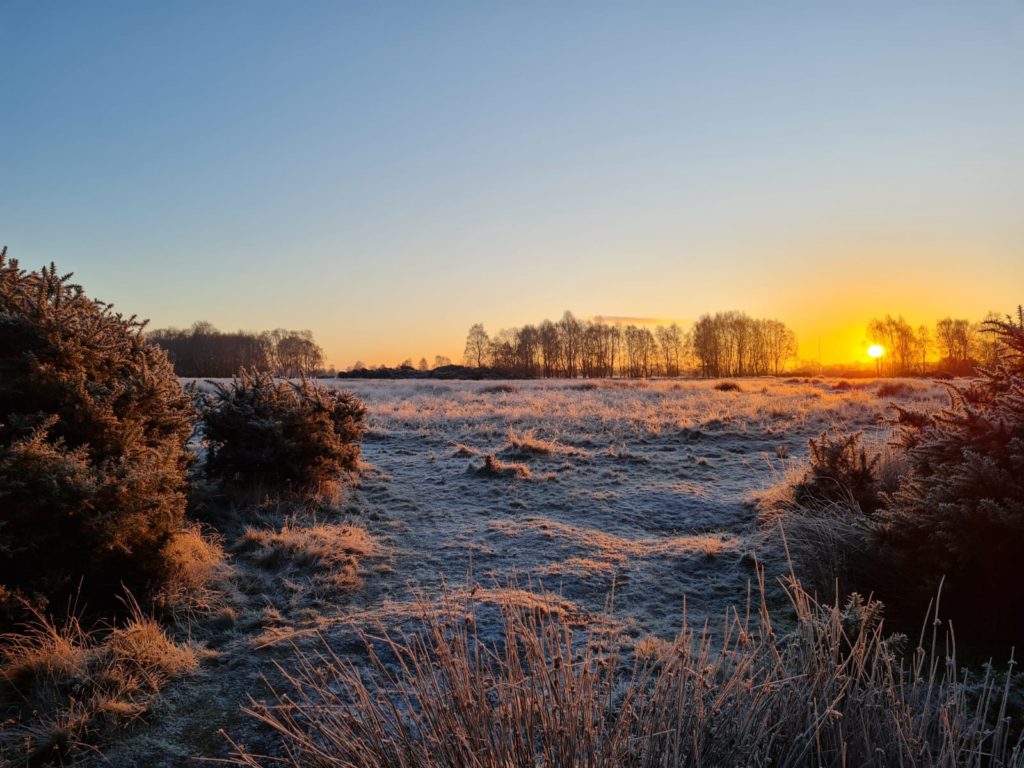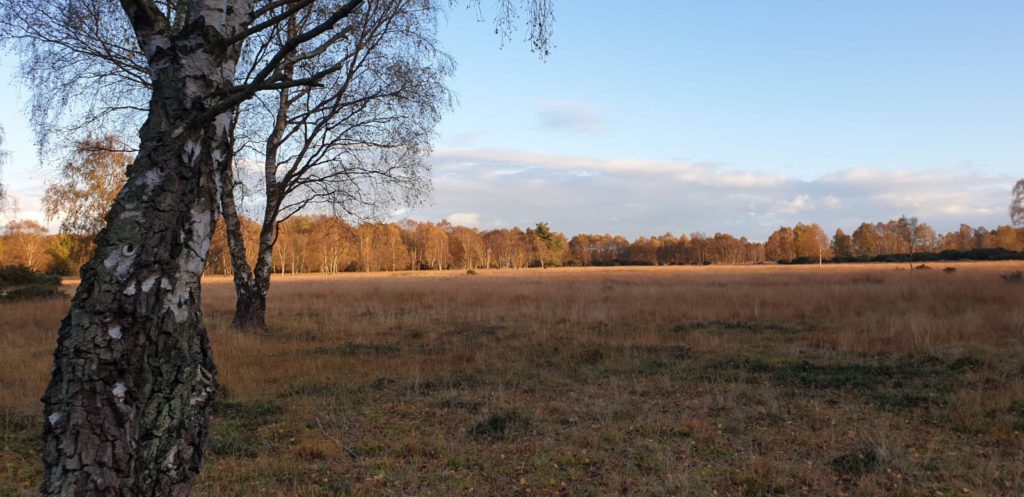
A colourful and well maintained community garden open to anyone. People can come along to help look after the garden and harvested vegetables are put out for people to take away. Community groups can request a raised bed for their members to look after. The adjacent church regularly puts on coffee mornings where refreshments are available.
Cared for by:
Acomb Methodist Church
Things to help out with here:
Planting vegetables and flowers. Harvesting crops etc




This is a large open area of grassland, with a few stands of mature and younger trees. There are several access points around the perimeter allowing to cross it as a route in various directions including connecting to other foothpaths through open grassland to the north. The remnants of the historic Monk Stray are divided into four distinct areas: The grassy parkland known as Heworth Stray, two areas of rough grazing land to either side of the Malton Road, and the privately leased golf course.
Cared for by:
City of York Council



Hob Moor Local Nature Reserve is part of the Knavesmire, one of York’s ancient commons. The land is unimproved pasture and has been used for grazing from the mediaeval period to the present day. This has ensured that a special floristic habitat thrives and provides valuable breeding habitat for skylark and meadow pipit, both of which are endangered species in the United Kingdom. Today it is still used for grazing in the summer months but is also a valuable area for wildlife and flora, as well as a recreational area for dog-walkers, cyclists, pedestrians, birdwatchers and many others.
Hob Moor Local Nature Reserve has some great archaeological features, including two types of ridge and furrow. The broad medieval type which covers the majority of the central areas, and the narrow Napoleonic ridge and furrow, is evidence of cultivation on site up to recent times.
Wildlife includes:
Birds – meadow pipit, skylark (several pairs breed each year), whinchat, wheatear, yellow wagtail (passing through during migration periods), merlin (recorded most years).
Wildflowers/Grasses – buttercup, bulbous buttercup, common sorrel, pignut, common bent, cats ear, harebell, heath bedstraw, tormentil, sheep’s sorrel, heath grass, English elm, guelder rose, hazel.
More information in this leaflet
Cared for by:
City of York Council and Friends of Hob Moor
Things to help out with here:
Litter picking, Wildlife surveys



Strensall Common is a large area of lowland heathland in the York area, primarily on acidic sandy soils and has a range of habitats such as wet and dry grassland, scattered birch, gorse and pine, heather and scattered ponds and marshy areas. The southern part is more open with mown and rough grassland which is used for the firing ranges, but with some areas of open birch and pine woodland. This diversity has meant it has been recognised as an SSSI (Site of Special Scientific Interest) for its populations of nationally important insects and plants.
The nature reserve supports a mosaic of wet heath, dry heath, mire, open water, woodland and acid grassland. Over 150 plant species grow here including marsh cinquefoil, the beautiful blue marsh gentian and carnivorous round-leaved sundew. Ling heather and cross-leaved heath turn the heathland purple in August. Less showy, but just as pretty are the flowers found within some of the drier grassland; pinky-red sheep’s sorrel and the tiny white crosses of heath bedstraw can be seen if you look closely.
Bold Southern hawker dragonflies patrol sheltered sunny areas and common lizards lazily bask on the old birch stumps. The Common is home to a host of insects including a nationally important population of dark-bordered beauty moth. Green and purple hairstreak butterflies occur here and bog bush-cricket live in the rushy grassland. Birds using the site include woodlark, green woodpecker, stonechat, coal and willow tits. Cuckoo breed and hobby sightings are increasing.
More information from
York Ornithological Club
Freshwater Habitats Trust
Butterfly Conservation Yorkshire
Cared for by:
Yorkshire Wildlife Trust, Ministry of Defence
Things to help out with here:
Butterfly and moth recording. Pond life recording. Nature Reserve Management
More than one organization undertakes activities involving volunteers at this site


Walmgate Stray is a remnant of York’s historic landscape. The stray is an area of marshy grassland grazed by cattle. Typical flowers found on the site include black knapweed, bird’s-foot trefoil, meadow buttercup and lady’s smock. The tall hawthorn hedges around the stray provide habitat for birds such as bullfinch, goldfinch, linnet and yellowhammer.
Cared for by:
City of York Council



